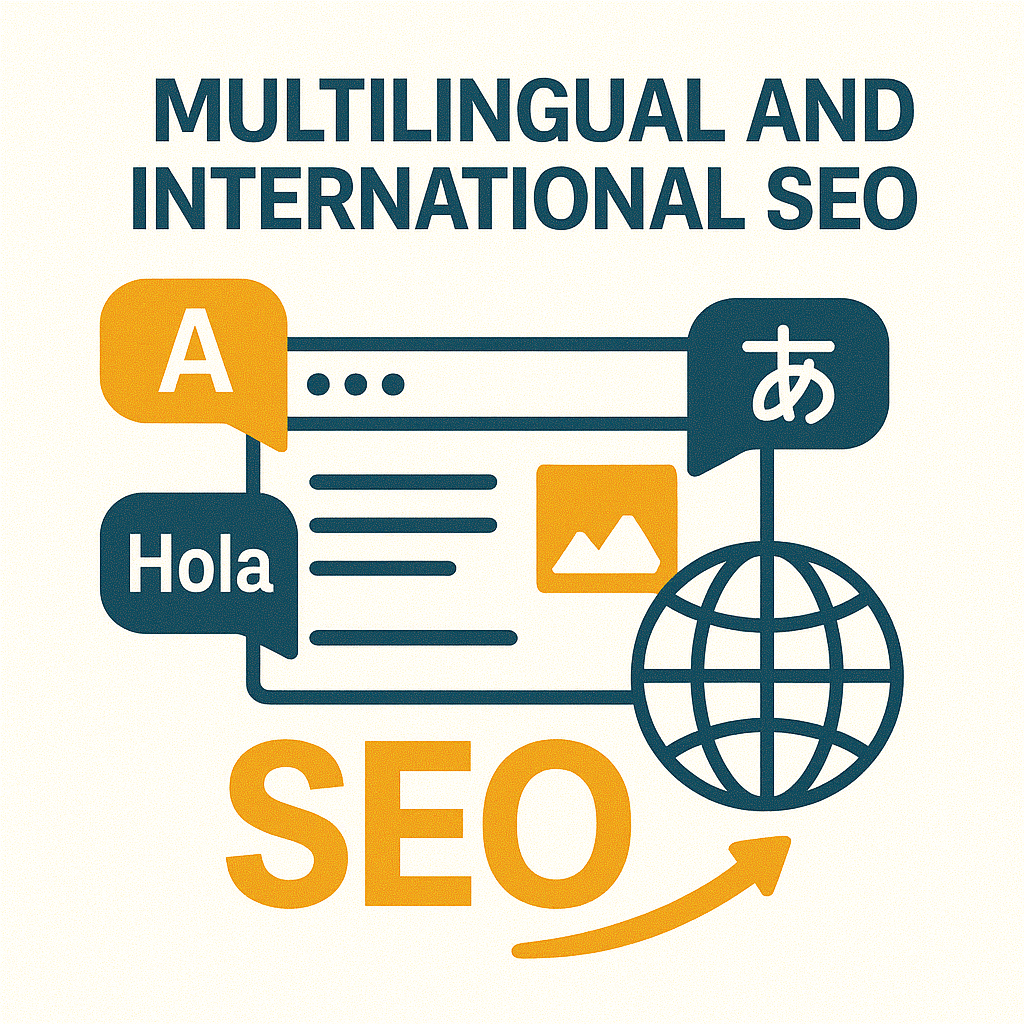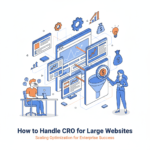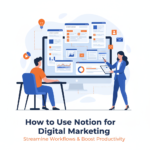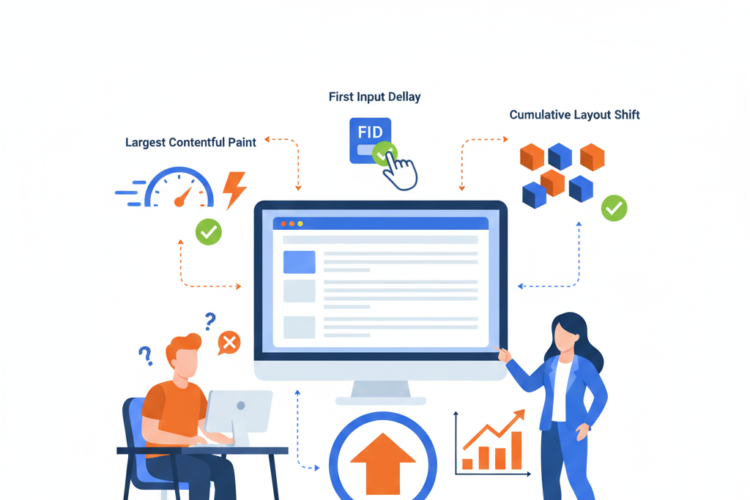
Multilingual and International SEO: The Complete Guide for 2025
In 2025, the global digital economy continues to expand rapidly — and so does the need for Multilingual and International SEO. If your brand wants to grow beyond borders, you need more than just translation; you need culturally aware, geo-specific, and technically optimized SEO strategies.
This comprehensive guide will help you understand how to structure your website, optimize your content, and build international authority to dominate search engines across the globe.
📌 What Is Multilingual and International SEO?
Multilingual SEO is the practice of optimizing your website for multiple languages.
International SEO is the broader practice of optimizing your website for different countries, regions, or languages — considering local preferences, search engines, cultural nuances, and user intent.
Multilingual SEO is a subset of international SEO, but international SEO also considers geolocation, currency, local competitors, legal norms, and country-specific search engines.
🧠 Why Is International SEO Important in 2025?
72% of global consumers prefer to shop in their native language (CSA Research).
Google is not the only search engine — Baidu, Naver, Yandex, and Bing dominate regional markets.
Voice search, AI chatbots, and mobile-first design have made local context even more critical.
AI-based translation tools are better — but SEO still needs human-level strategy.
🧭 Step-by-Step Guide to Building an International SEO Strategy
✅ 1. Define Your Global SEO Goals
Ask:
Are you targeting users by country (e.g., India, Germany)?
Or by language (e.g., Spanish speakers in multiple countries)?
Do you want to use one domain, or create country-specific websites?
🌐 2. Choose the Right URL Structure
| Structure | Example | SEO Advantage | Use Case |
|---|---|---|---|
| ccTLD (Country Code Top-Level Domain) | example.fr | Strong geo-signal | Large brands with local teams |
| Subdomain | fr.example.com | Moderate geo-signal | Easy to separate sites technically |
| Subdirectory | example.com/fr/ | Shared domain authority | Best for centralized teams |
| URL Parameters | example.com?lang=fr | Poor SEO performance | Avoid for SEO — hard to index properly |
Best Practice: Use subdirectories if you manage everything centrally. Use ccTLDs if you’re a major player in each market with localized operations.
🧷 3. Implement Hreflang Tags Correctly
Hreflang tags tell Google which version of a page to show to which user based on their language and location.
Format:
<link rel="alternate" hreflang="en" href="https://example.com/en/" />
<link rel="alternate" hreflang="fr" href="https://example.com/fr/" />
<link rel="alternate" hreflang="x-default" href="https://example.com/" />
Common Mistakes:
Not adding reciprocal hreflangs (if A links to B, B must link to A)
Mixing up language codes (e.g.,
en-fris invalid — usefrorfr-CA)Forgetting self-referencing hreflang
📝 4. Translate Content for Intent, Not Just Language
Use native-speaking SEO translators, not just machine tools.
Research local keywords (not just translate your English ones)
Consider local slang, idioms, seasonal trends
Align content with local search behavior (e.g., Germans prefer informational content; Americans prefer product-focused)
Tools:
Google Trends by region
Ahrefs, SEMrush, or SE Ranking with location filters
ChatGPT + DeepL for translation assistance (then have it reviewed)
📱 5. Localize Technical SEO Elements
Optimize these elements for each language or region:
| Element | What to Do |
|---|---|
| Title Tags | Use keywords in the native language + local tone |
| Meta Descriptions | Translate and localize — different cultures react to different CTAs |
| Alt Text | Use descriptive localized keywords |
| Structured Data | Use localized schema (e.g., currency, business hours) |
| Sitemaps | Create language-specific XML sitemaps |
🔍 6. International Keyword Research
Don’t just translate — localize.
Tools:
SEMrush → International keyword database
Ahrefs → Compare SERPs by country
Google Keyword Planner → Country-specific targeting
Ubersuggest → Country and language filters
Pro Tip: Use intent-focused search terms. For example, “cheap hotels in Paris” might translate awkwardly in French, where users actually search for “hôtels pas chers à Paris.”
🏗️ 7. Optimize for Local Search Engines
| Region | Search Engine | Tips |
|---|---|---|
| China | Baidu | Use .cn domain, host in China, simplify navigation, follow censorship rules |
| Russia | Yandex | Heavily favors metadata, fast loading speed |
| South Korea | Naver | Content hub, integrates blog + video + web |
| Japan | Yahoo! Japan | Still dominant; similar rules to Google but favor local directories |
📲 8. Mobile-First and UX Localization
Mobile traffic dominates in international markets. Tailor your UX:
Adjust font size and spacing for languages like Arabic or Japanese
Localize navigation menus and forms
Accept local currencies and payment options
Ensure GDPR, CCPA, or country-specific compliance
🔗 9. Build Local Backlinks and Authority
Google uses local backlinks as a sign of trust.
Tips:
Collaborate with local influencers
Get listed in local directories and media outlets
Join local industry associations
Encourage country-specific UGC or reviews
📊 10. Measure and Monitor Performance by Region
Key KPIs:
Organic traffic by country/language
Ranking by market
Bounce rate by language
Conversion rate by region
CTR by local SERP appearance
Tools:
Google Search Console (International Targeting reports)
Google Analytics 4 (with country/locale segmentation)
SEMrush/Ahrefs (Position tracking by geo)
💡 Bonus: AI + International SEO in 2025
AI translation tools like DeepL, Google Translate, and ChatGPT can handle 80% of work — but still require local proofreading
Use AI SEO assistants to scale meta tag creation, Hreflang mapping, and structured data
AI + personalization: Use browser language or geolocation to dynamically personalize experiences
✅ Best Practices Checklist (2025)
✔️ Use subdirectories or ccTLDs (avoid URL parameters)
✔️ Implement accurate hreflang tags
✔️ Do local keyword research (not just translation)
✔️ Hire native translators for content
✔️ Tailor UX and technical SEO to each locale
✔️ Build country-specific backlinks
✔️ Respect legal and cultural differences
✔️ Monitor and optimize regionally
🚫 Common International SEO Mistakes
❌ Auto-redirecting based on IP without user option
❌ Duplicate content across languages (without canonical tags)
❌ Forgetting mobile optimization for RTL or CJK languages
❌ Using machine translation without review
❌ Skipping hreflang implementation
🏁 Final Thoughts
Multilingual and international SEO is not just a checkbox for global marketing — it’s a core strategy for sustainable growth in 2025.
As AI reshapes global commerce, users still crave personalized, culturally appropriate, and localized experiences. By following this guide, your brand can connect with audiences worldwide — and rank while doing it.
Author



